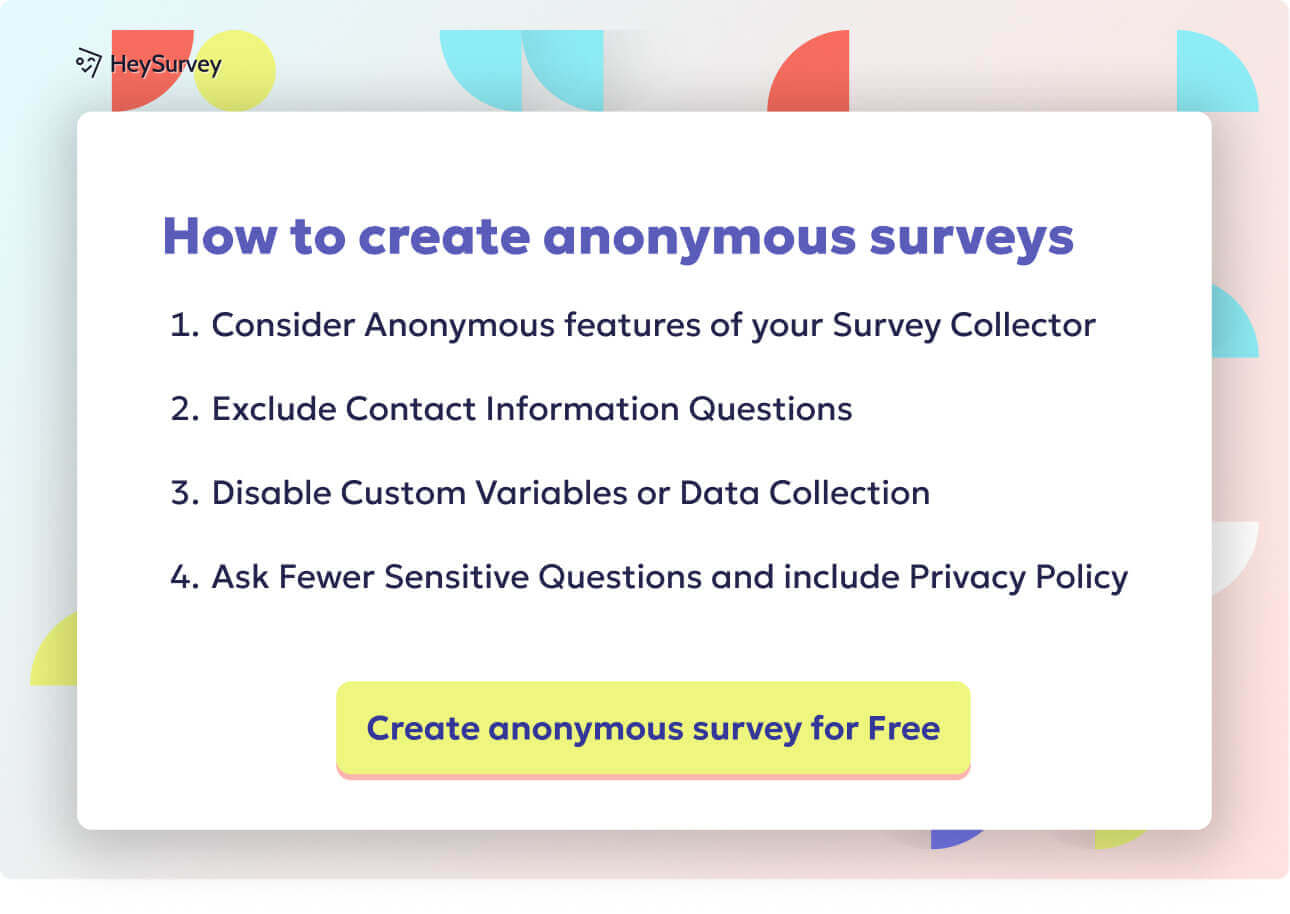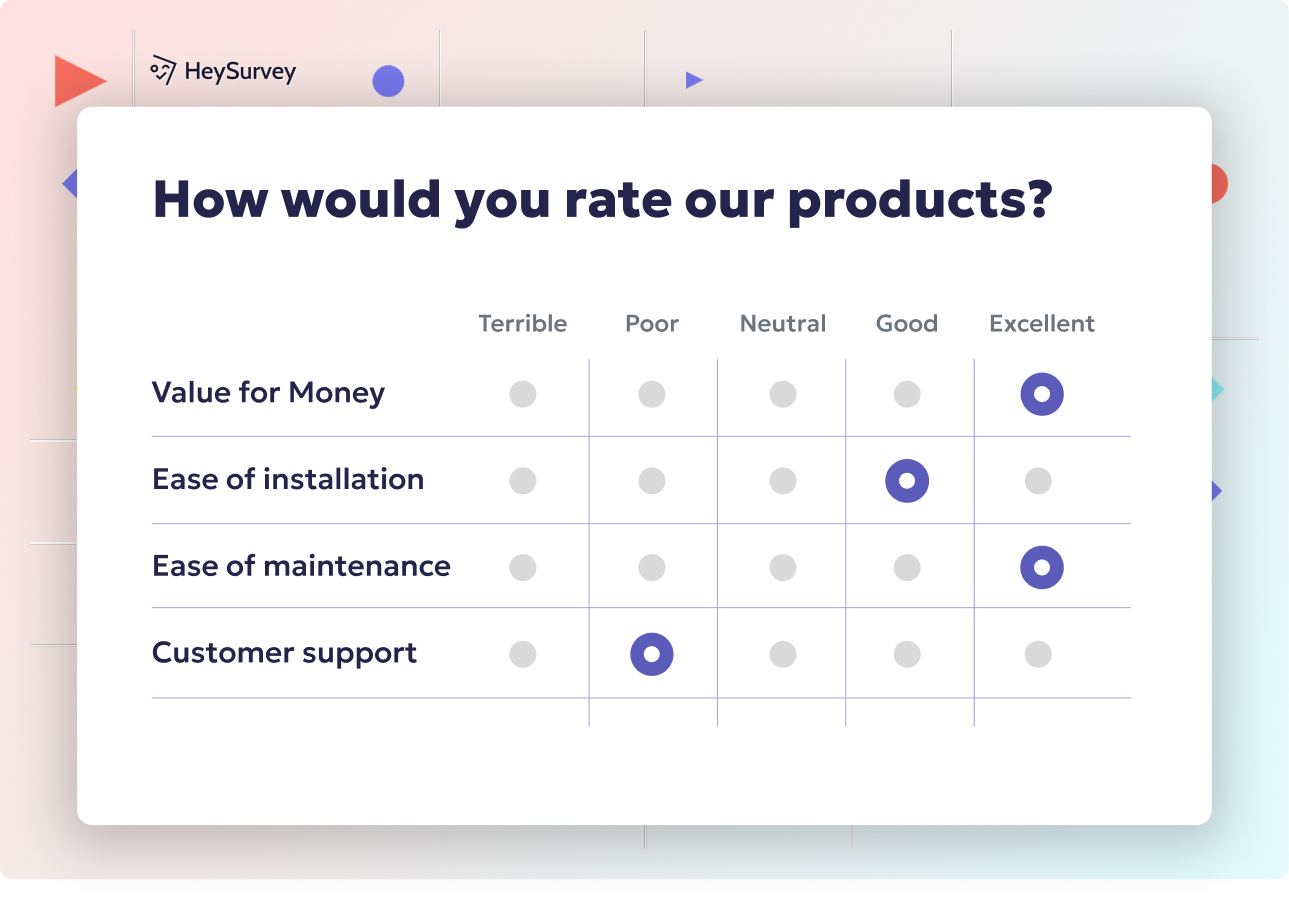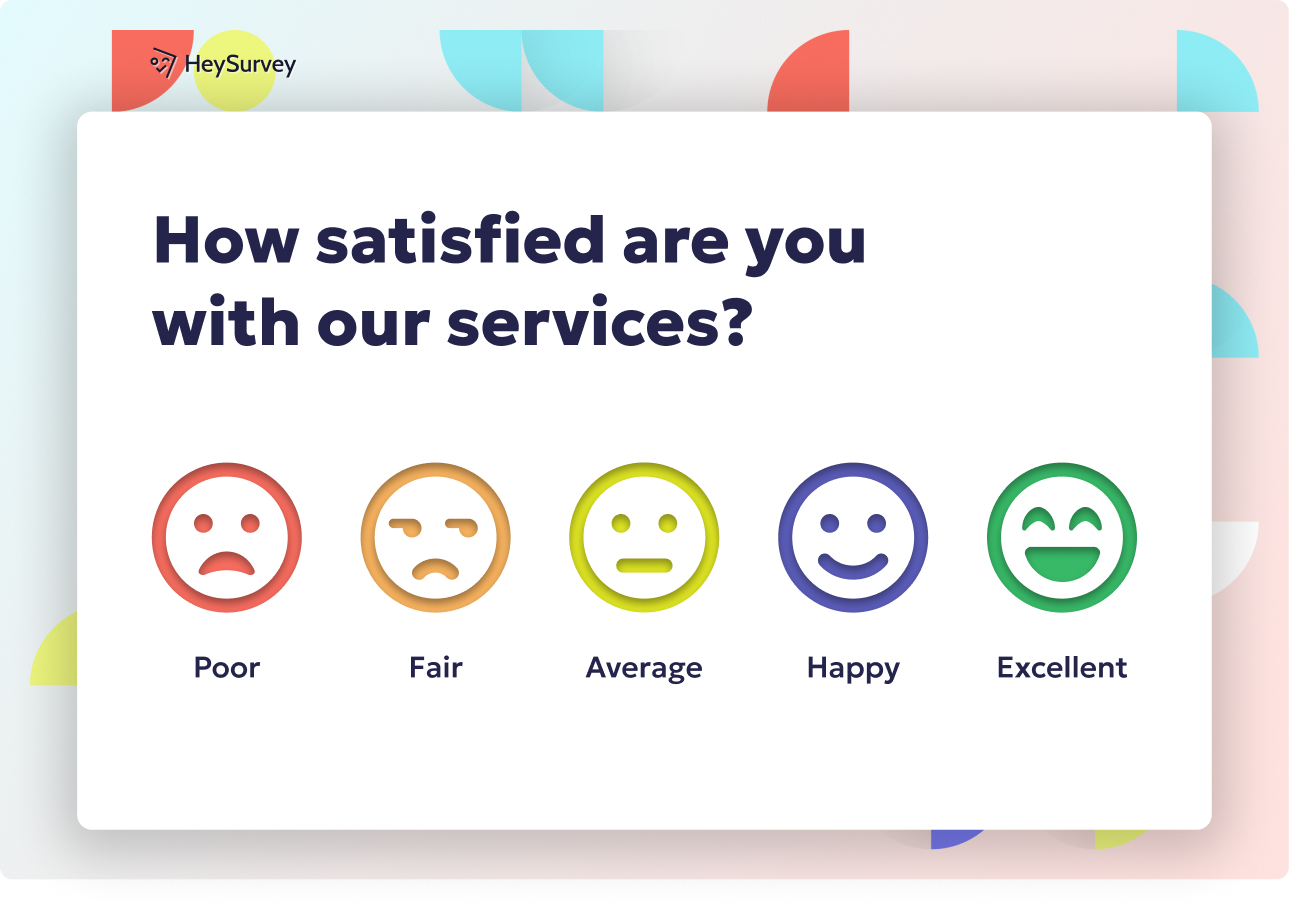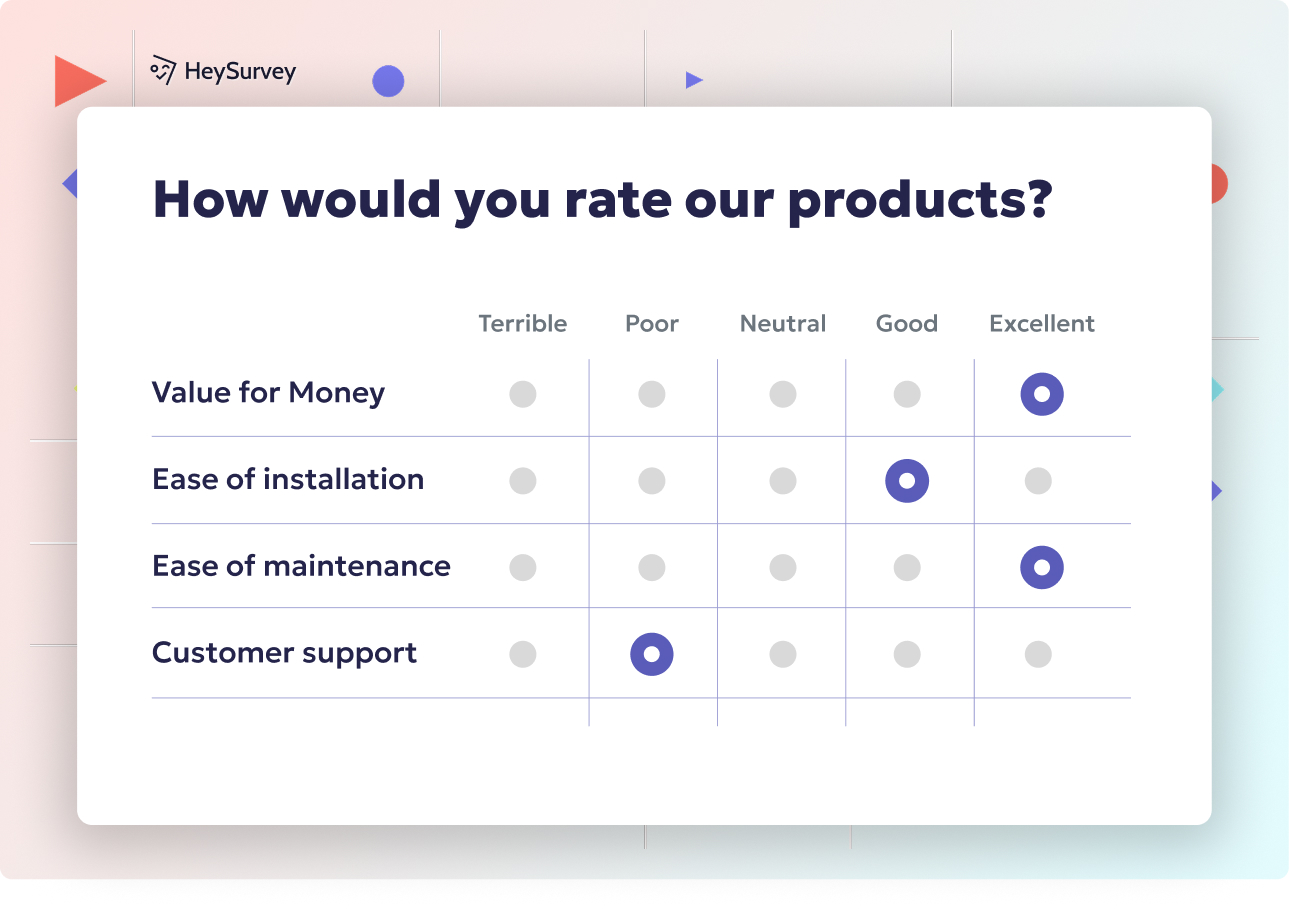32 Post Project Survey Questions: Templates & Best Practices
Discover 28 expertly crafted post project survey questions with templates and best practices to measure success and improve future projects.
Post-Project Survey Questions: Templates, Best Practices & Examples
A successful project isn’t truly complete until insights are captured, shared, and used to improve future projects. That’s where post-project survey questions come in. They help measure project success, capture lessons learned, and drive continuous improvement. For the best results, surveys should land in people’s inboxes right after a project wraps up—or when you hit a key milestone. From stakeholders to vendors, every group can offer a unique view. Below, discover seven types of post-project surveys to take your next project to the next level.
Introduction: Why Post-Project Surveys Matter and When to Use Them
The Power of Post-Project Surveys
Post-project surveys serve a vital role in modern project management and PMO frameworks. They’re the conversation-starters you need after the dust settles, giving everyone from business owners to developers a chance to weigh in. You’ll find that these tools are ideal for measuring project success, capturing lessons learned, and fine-tuning your approach for upcoming projects.
When Timing Is Everything
Deploy surveys immediately after project close-out to maximize accuracy. Don’t wait too long—memories fade, and feedback gets fuzzy. For big projects, consider sending out targeted surveys at key milestones as well. Use these surveys to gather input on what went well, what missed the mark, and what can be done better.
Get Ready for Survey Variety
There’s no one-size-fits-all approach. We’ll walk you through seven essential survey types, each designed for a specific audience and purpose:
- Stakeholder Satisfaction
- Client Feedback (External Customers)
- Team Retrospective (Internal Teams)
- Vendor & Partner Feedback
- Lessons Learned & Continuous Improvement
- Project Process & Resource Efficiency
- Risk & Issue Management
Read on to become a post-project survey champion!
Despite the recognized benefits of post-project reviews, 80% of projects in a study of over 20 R&D organizations were not reviewed post-completion, and the remaining 20% lacked a formal review process. (researchgate.net)

How to Create Your Post-Project Survey with HeySurvey in 3 Easy Steps
Ready to build your own post-project survey but don’t know where to start? No worries! HeySurvey makes it super easy—even if you’re a total newbie. Follow these three simple steps to get your survey up and running in no time.
Step 1: Create a New Survey
- Head over to HeySurvey and click “Create New Survey”.
- Choose whether to start from scratch (Empty Sheet) or grab one of the handy pre-built templates designed just for post-project surveys.
- Give your survey a snappy internal name so you can find it later (no pressure, just something memorable).
This sets the stage for your project feedback masterpiece.
Step 2: Add Questions
- Click the Add Question button to start adding your post-project survey questions.
- Pick the question type—like Scale for rating questions, Choice for multiple options, or Text for open-ended feedback.
- Enter your question text—don’t forget to keep it clear and concise!
- Mark important questions as required so responders can’t sneak past without answering.
- Use branching logic if you want the survey to skip or dive deeper based on previous answers (nice for targeted feedback).
You’ll soon have a tailored survey built around the exact insights you want.
Step 3: Publish Your Survey
- When you’re happy with the questions, click Preview to see how it looks on desktop and mobile.
- Hit Publish to activate your survey and grab a shareable link.
- Share the survey link with your stakeholders, clients, or team to start gathering valuable feedback.
Voilà—your post-project survey is live and ready to capture those golden insights!
Bonus Steps: Make Your Survey Stand Out
Want to level up your survey game? HeySurvey has some great extras you should try:
- Apply Branding: Upload your company logo and customize colors to give your survey a professional, on-brand feel.
- Define Settings: Set start/end dates, response limits, or define a redirect page so respondents get a custom “Thanks!” message.
- Skip into Branches: Use advanced branching to create a personalized respondent journey based on how they answer your questions.
These bonus moves will help you craft a smooth and engaging survey experience that your respondents will appreciate—and that you’ll love analyzing afterward.
Ready to start building? Use the button below to open a post-project survey template and customize it to your needs!
Stakeholder Satisfaction Survey
Why & When to Use
A stakeholder satisfaction survey is the golden ticket for gauging high-level sentiment. It focuses on the perceptions of executive sponsors, project champions, end-users, and business owners. Stakeholders often hold the purse strings and the power to support or halt future initiatives. That’s why their feedback is priceless if you want to improve future projects and secure long-term buy-in.
The sweet spot for sending this survey is within one to two weeks of project completion or delivery hand-off. This timing keeps details fresh while still giving stakeholders a chance to see the results in action. You’ll want everyone’s honest assessment before the glow of go-live dims.
A well-crafted survey will help you: - Identify satisfaction drivers for each stakeholder. - Uncover alignment gaps regarding project goals. - Discover which elements inspired confidence or concern.
Use these insights to strengthen your approach for future projects—and show stakeholders you’re committed to continuous improvement.
5 Sample Questions
How well did the final deliverables meet your defined success criteria?
Rate your satisfaction with communication frequency and transparency.
Were your strategic objectives addressed effectively?
How likely are you to champion follow-up phases of this initiative?
What one improvement would most enhance future collaborations?
By asking these focused questions, you’ll gain both quantitative data and actionable suggestions, helping you measure project success through the stakeholder lens.
Effective stakeholder satisfaction surveys should include questions that assess project outcomes, communication effectiveness, and areas for improvement to enhance future project performance. (supersurvey.com)
Client Feedback Survey (External Customers)
Why & When to Use
The client feedback survey captures the true client experience, which often impacts your reputation and repeat business. Use these surveys to measure perceived value, return on investment (ROI), and overall satisfaction amongst paying customers. Agencies, consultants, SaaS, and construction firms particularly benefit from this feedback, as it directly informs service refinement.
The best practice is to send this survey immediately after go-live or project acceptance. That’s when the client feels the impact—good or bad—most acutely. This concise feedback loop improves continuous improvement and builds a culture of transparency and respect.
Here’s what you’ll get from a client feedback survey: - Honest assessments of project outcomes. - Direct input on what delighted or disappointed customers. - Solid Net Promoter Score (NPS) data to benchmark future performance.
Never underestimate the power of showing clients you care about their input—it’s a proven way to build loyalty and uncover upsell opportunities.
5 Sample Questions
On a scale of 1-10, how satisfied are you with the project outcome?
Did the project timeline align with your expectations?
How effectively did our team address your feedback during iterations?
Would you recommend our services to peers?
What additional features or services would increase your satisfaction?
With these questions, you’re inviting a meaningful conversation about the perceived value and service quality delivered—making it clear you strive to improve future projects.
Team Retrospective Survey (Internal Project Team)
Why & When to Use
The team retrospective survey is your best ally for collecting candid insights from the trenches. Developers, designers, project managers, and QA professionals all see a project differently from leadership. Gathering their feedback before a formal retrospective meeting allows emerging themes—and any sharp pain points—to surface without groupthink or pressure.
Deploying this survey before the team sits down together helps to: - Capture honest, unfiltered feedback. - Highlight improvement opportunities in processes and collaboration. - Give everyone, even introverts, a real voice in the review.
A well-timed team survey is the foundation of real lessons learned, shaping how you plan and execute the next initiative.
5 Sample Questions
Which project phase went particularly well, and why?
Where did we encounter the biggest blockers or bottlenecks?
How clear were roles and responsibilities throughout the project?
Rate the usefulness of sprint reviews/stand-ups for issue resolution.
What should we stop, start, and continue in the next project?
By leveraging these prompts, you’ll uncover the real story behind your workflow and empower your team to drive continuous improvement.
Regular team retrospective surveys enhance collaboration, productivity, and quality by fostering continuous improvement and addressing workflow bottlenecks. (ericnwankwo.medium.com)
Vendor & Partner Feedback Survey
Why & When to Use
A vendor and partner feedback survey is like having a secret decoder ring for your supply chain. It helps you understand how well your organization collaborates with external partners, contractors, and suppliers. You get clear information on where coordination shines—and where it sours.
Best sent during the contract close-out or as soon as a major partnership wraps, these surveys pinpoint: - The clarity of requirements and communication. - Payment process efficiency. - Emerging risks that slipped through the cracks.
You’ll use this information to refine your procurement strategy and optimize future engagements. Ultimately, your vendor ecosystem strengthens, supporting better quality, timeliness, and resilience.
5 Sample Questions
How clear were our requirements and acceptance criteria?
Rate the effectiveness of our collaboration and decision-making cadence.
Were payment terms and logistics handled efficiently?
What risks surfaced that we should mitigate in future engagements?
Would you work with our organization again? Why or why not?
With questions like these, you move beyond polite nods and get honest perspective on how to improve your partner playbook.
Lessons Learned & Continuous Improvement Survey
Why & When to Use
The lessons learned and continuous improvement survey is your all-access pass to strategic insight. Think of it as the deep-dive that spans scope, schedule, cost, quality, and change management, revealing big-picture learnings along with granular process tweaks.
This is crucial for medium–to-large projects or any initiative where institutional knowledge matters. Rolling it out promptly ensures feedback translates into real organizational gains, rather than disappearing into meeting notes.
Key benefits of this survey include: - Highlighting what should be repeated and what should be retired. - Exposing root causes behind project hiccups. - Identifying savings and untapped opportunities for continuous improvement.
The result is a smarter organization, primed to sidestep old mistakes and seize new efficiencies.
5 Sample Questions
What was the single most significant lesson learned?
Which process or tool had the greatest positive impact?
Where did we deviate most from the original plan, and why?
What early warning signs were missed or ignored?
How can we document and share lessons for organizational benefit?
With honest answers to these, you’ll be able to capture lessons learned and fuel data-driven, repeatable success.
Project Process & Resource Efficiency Survey
Why & When to Use
Efficiency isn’t just a buzzword—it’s a benchmark for project management maturity. Use the project process and resource efficiency survey to scrutinize every aspect of resource allocation, from hours to hardware. It’s especially helpful for Project Management Offices (PMOs) tasked with benchmarking KPIs across a portfolio.
Optimal timing is soon after project wrap, when specific details are still top of mind and before team members are scattered to new tasks.
This survey reveals how well you: - Estimated and utilized time, budget, and personnel. - Optimized technology and tooling for daily operations. - Found cost-savings without sacrificing quality.
Your findings will help you drive data-driven decisions about how to staff, equip, and run your next project—leading to more reliable, repeatable wins.
5 Sample Questions
How accurately did initial resource estimates match actual usage?
Rate the adequacy of tooling (e.g., JIRA, MS Project) for task tracking.
Were skills and expertise optimally matched to tasks?
How effective were change control procedures at minimizing rework?
What cost-saving opportunities were discovered during execution?
A thoughtful approach to these questions shines a spotlight on where you’re humming along—and where you need a tune-up for future projects.
Risk & Issue Management Survey
Why & When to Use
The risk and issue management survey is your project’s truth detector. It unpacks how well risks and issues were identified, escalated, and resolved at every stage. This survey is especially valuable in regulated industries or high-stakes environments where compliance and quality are non-negotiable.
Send this survey to everyone involved in monitoring risks, from PMs to compliance leads, at the end of the project or after major risk events have played out.
What’s in it for you? - Real perspective on what worked and what fizzled in your issue management approach. - Insight into emerging threats you may have missed. - Clear best practices to embed next time.
Digging into risk management at this level helps you raise the bar on proactive issue identification and resolution, which is critical for delivering results on time and within budget.
5 Sample Questions
How timely was risk identification across project stages?
Did the risk register accurately reflect evolving threats?
Rate the adequacy of contingency plans enacted.
Which mitigations provided the highest ROI?
How can we strengthen issue-tracking transparency?
By seeking truth instead of just ticking boxes, you’ll arm your team with the knowledge needed to mitigate future risks and drive project resilience.
Best Practices: Dos and Don’ts for Crafting Post-Project Survey Questions
Never underestimate the power of a well-worded question. Creating effective post-project surveys isn’t magic, but it does require an eye for clarity, objectivity, and audience. Done right, surveys can dramatically optimize response rates and reveal the linchpins of data-driven continuous improvement.
Dos for Crafting Great Surveys
Keep questions concise—short, punchy questions increase completion rates.
Mix quantitative scales (such as Likert or NPS) with open-ended prompts for richer data.
Personalize surveys for audience segments—stakeholders need different questions than software testers.
Don’ts to Dodge
Don’t ask double-barreled questions (e.g., “How satisfied were you with speed and quality?”).
Avoid leading questions—stay neutral and let respondents share honestly.
Don’t wait too long to distribute surveys—within 2–3 weeks post-project is the sweet spot before details are forgotten.
Don’t overlook anonymity needs. When you want candid feedback, guarantee confidentiality.
Combining these best practices will ensure your surveys are clear, actionable, and truly enhance your actionable insights.
Conclusion: Turning Survey Insights into Actionable Improvements
Closing the feedback loop is the real superpower of post-project surveys. When you transform these insights into concrete action plans, you unlock organizational learning and sustained improvement. Share your findings openly and adjust future survey templates for even sharper feedback. Turn every project’s end into a new beginning by acting on what you’ve learned.
Ready to elevate your project outcomes? Download our sample survey templates and get started today!
Related Feedback Survey Surveys

25 Catering Survey Questions to Collect Actionable Feedback
Discover 30 expert catering survey questions to gather actionable feedback that enhances menus, s...

30 User Feedback Survey Questions for Better Insights
Discover 40+ user feedback survey questions across 8 types to boost product insights, UX, and cus...

30+ Environment Survey Questions for Sustainable Insights
Explore 30+ environment survey questions with expert tips covering awareness, behavior, corporate...


